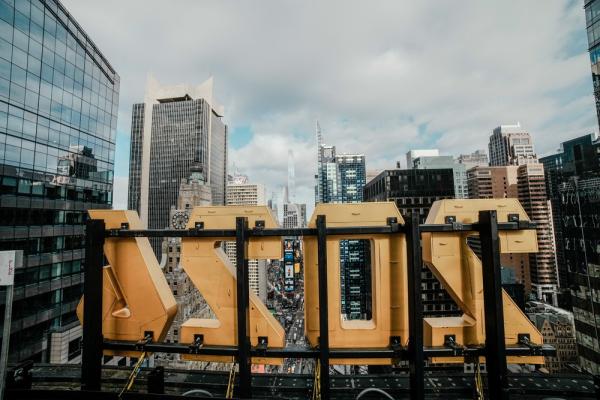THE STATUE OF Liberty, author Clint Smith tells us, was supposed to celebrate the abolition of slavery. Early models depicted the iconic copper lady holding a raised torch in one hand and a pair of broken shackles in the other, but the final version included only a piece of broken chain at the lady’s feet. With slavery shifted to the periphery, Ellis Island’s visitors could imagine liberty was, and is, possible without abolition.
In How the Word Is Passed, Smith visits multiple historic sites to offer a mosaic portrait of how different places tell, or do not tell, the truth about slavery. The book meditates on the capacity of our collective symbolic infrastructure to prepare us to rectify persistent material inequalities. If we frame slavery as something that “happened a long time ago” or leave unchallenged the warping of the Confederate commitment to enslavement into myths of honor and heritage—if, in a word, we misremember the wound—then we will not summon the will nor the proper know-how to heal it.
Smith allows people and places to speak for themselves, supplying context and offering occasional questions. A poet, he draws natural beauty out of otherwise painful landscapes: Dragonflies in a cemetery marked “our confederate heroes” remind us that the violent past is near—that perhaps the ancestors of these same dragonflies “zipp[ed] past the bullets that turned men into ghosts, their wings warm with beads of blood.”
Smith’s best chapters are about sites that offer a more complete and accurate history, such as Louisiana’s Whitney Plantation and Senegal’s Gorée Island, a gateway to the middle passage. Here Smith pursues that thorny question that runs parallel to the endeavor to heal our collective memory: Who is culpable, then and today?
Many white people and churches defend themselves when confronted with the history of slavery, either by asking, as the director of the Whitney reports, about the existence of “good” slave owners or, alternatively, by announcing, “This history is awful” and “they were the bad guys.” Both responses amount to attempts to preserve the possibility of one’s own goodness, either by alignment with a tradition of redemption or distance from a pattern of villainy. More politically progressive Christians often capitulate to both temptations: “We are the sort of church that welcomes all people and names evil,” we say, “not like those other churches, past and present.”
Smith is clear that some people bore more blame than others. But he also praises a Senegalese schoolteacher, Hasan, who says, “It’s important to go beyond this view of victims and perpetrators”—both because the oppressed were not defined by their pain and because poor white folks also participated in the evils of slavery. And as the director of the Whitney explains, once slavery enabled goods like sugar and cheap textiles to flood the European market, “people [could] finally buy into this larger system of capitalism and consumption.” Satiating consumer appetites perpetuated slavery.
Today, too, so much pleasure depends on exploiting others. Smith’s book is no sermon, religious or otherwise. But it invites readers not only to repair the infrastructure that misremembers slavery, but the systems and desires built on ongoing suffering and oppression.

Got something to say about what you're reading? We value your feedback!







